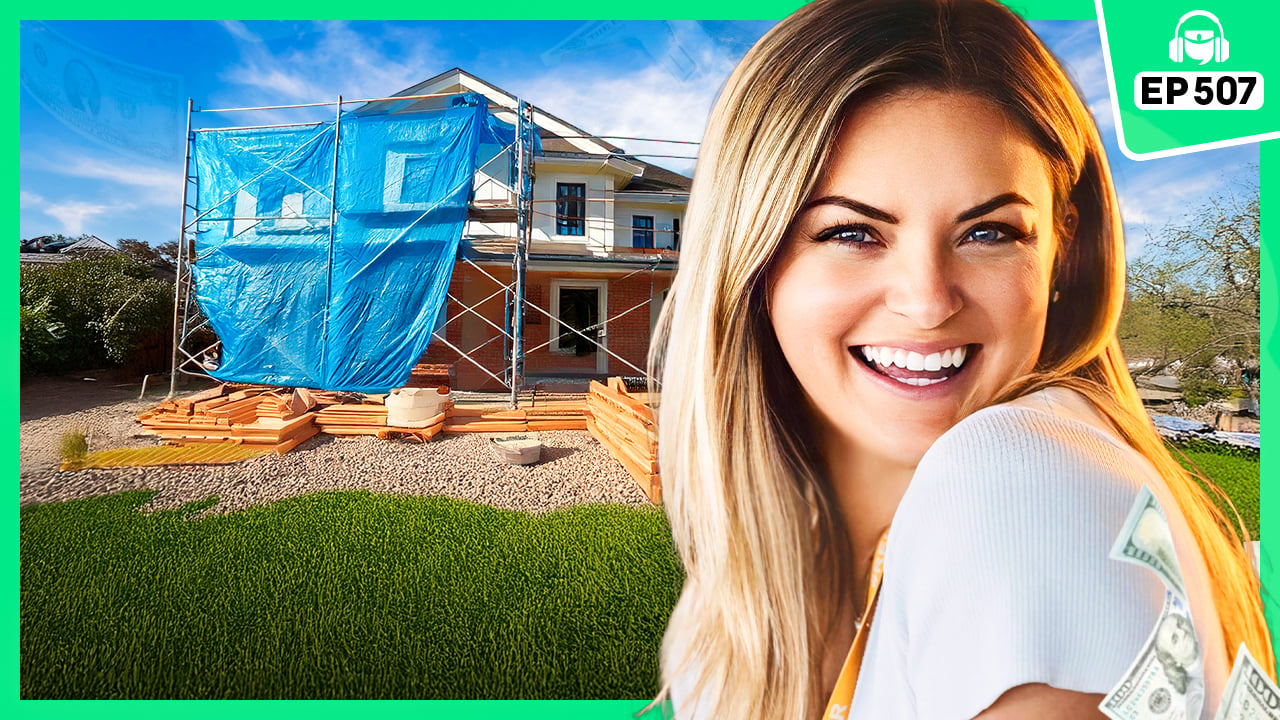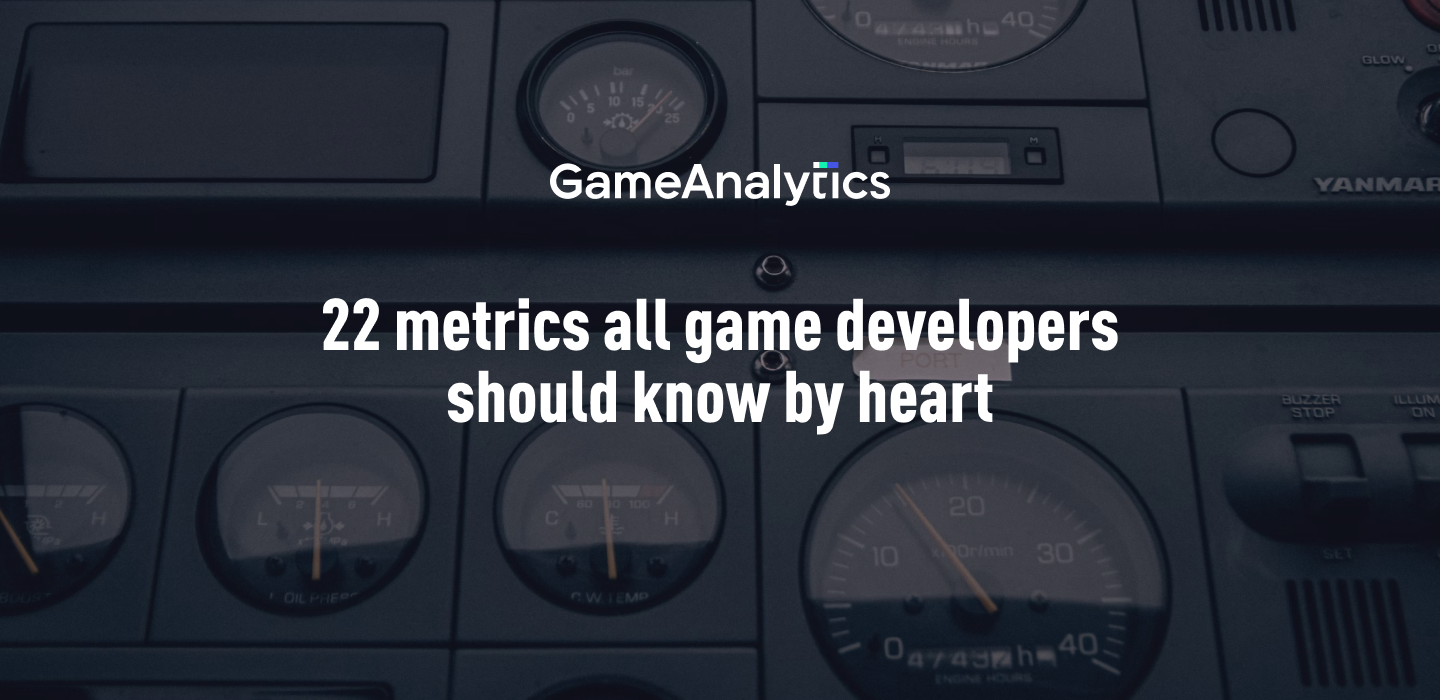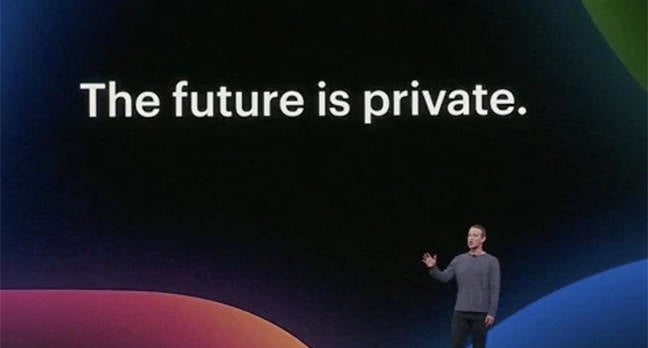The Fed has signaled something significant for mortgage rates. With inflation still rearing its head and the job market hot as ever, the Fed already has enough evidence to hold back on lowering the federal funds rate, which influences the mortgage rate you get on a home. So when will the Fed finally lower rates so we can escape this highly unaffordable mortgage market? Or, can the Fed pause for the foreseeable future as we enter a new era of high interest rates? Caeli Ridge, President of Ridge Lending Group, is here to help us answer these questions.
Caeli works on getting investors mortgages every single day, so she has a solid pulse on the mortgage market. She gives us a mortgage rate update, explaining what today’s rates look like, when the first Fed rate cuts could come (sooner than you think!), and how a mortgage lender calculates your specific rate. She also gives some tips on navigating this high-rate environment and why merely looking at your mortgage rate as a deciding factor could cost you big time.
As we wrap up, Dave will give his perspective on what the Fed is waiting for and the factors that MUST change before the Fed decides to proceed with a rate cut. He’ll also share a few tips on how to get ahead of the competition with today’s high rates and why these unique advantages won’t last long.
Dave:
Hello investors and welcome to the BiggerPockets podcast. I’m your host today, Dave Meyer, and that means we have a bigger news episode for you. Today we’re bringing in a lender expert Caeli Ridge who specializes in helping investors. Caeli’s gonna give us a brief update on what’s going on in the mortgage market and provide some advice on how investors can navigate the current market. So we’re gonna talk to Caeli, but make sure to stick around after that because I’m going to talk a little bit more about the economy and about why interest rates are staying higher than I think a lot of people expected them to. So make sure to stick around. It’s only five or 10 minutes, and I think it will really help you understand what’s going on in the mortgage market and what might happen over the rest of the year. Before we jump into our interview though, I do wanna share a resource with you that I actually created.
I know that right now a lot of investors are struggling with high mortgage rates and are trying to figure out what financing options are right for them. So in order to help you, I created this downloadable guide that you can get for free at biggerpockets.com/resources. And the whole point there is a personalized guide to picking the right mortgage for you. So hopefully the interview with Caeli and the context that I’m gonna provide will help you understand what’s going on in the market. But if you’re still thinking like, what does this mean for me, what mortgage is right for me, go to biggerpockets.com/resources and check that out. And if you’re a BiggerPockets Pro member, I’m actually gonna be hosting a workshop with q and a about what’s going on in the mortgage market, what’s going on with financing right now, that’s on March 28th, and it is free for all BiggerPockets Pro members. So with that said, let’s jump right into our conversation with Caeli Ridge. Caeli, welcome back to the show. Thanks for being here.
Caeli:
Hey Dave, great to be here. Thank you guys for having me back.
Dave:
Well, we are very happy to have an experienced lender like you joining us today because mortgage rates are obviously on top of everyone’s mind, particularly real estate investors. And so can you just give us a rundown on where rates have gone over the first quarter of 2024?
Caeli:
So I think we saw some improvement, um, late last year, and I think people were optimistic. I feel like the, uh, secondary markets in Wall Street have a way of interpreting what the feds are saying and kind of putting in their own wishful thinking. Uh, I think a lot of the expectation was that they would be lower than they are right now. Uh, that isn’t necessarily the case. Um, you know, not to toot my own horn, but I’ve been kind of holding, uh, steady for the June-ish July range for our first rate cuts. You can’t fight the Fed man. I may end up saying that again in this this interview. Um, you gotta listen to what they have to say. Uh, so they’re, I think they’re better than they were most of last year. They’re worse than they were end of last year. Uh, but I think that overall we can expect some improvement in the coming months. That said, uh, and I’ve said this before too, rates go down than they go up. Historically, they’re always gonna come down much slower than when we see them, uh, go up. So we just have to kind of be a little bit more patient and see where that takes us.
Dave:
I do wanna jump into what you said about some of the wishful thinking and fed behavior, but can you just give everyone, uh, just a quick snapshot of where rates are today? And just for the record, we are recording this the middle of March. It is March 13th, so it could have changed by the time this episode comes out or you listened to this episode. But what are rates where we sit today?
Caeli:
So I looked this up before we got on and remember you guys, the LLPA. So I need to give you what the, um, uh, the schematic is for this. But 6.875 would be the rate that you would lock at today with two points based on the following variables, a single family residence, a purchase, an investment property, um, seven 60 or better credit with 25% down on a 30 year fixed mortgage. That’s the, the interest rate you would be locking today based on all those variables.
Dave:
Okay. And that’s for an investor
Caeli:
That is an investor loan. If we wanna look at an, an owner occupied or primary residence, you can usually expect to see about a point better in interest rate overall, um, as opposed to an investment property.
Dave:
Oh, that’s better than I thought you were gonna say. So that’s encouraging
Caeli:
Okay? A couple of good examples are, um, uh, when we kind of get all tied up into the interest rate phenomenon. Um, you need to look at the principle and interest payment difference between, let’s say, competing rates. Let’s say you’ve got two different quotes and one of which is a, a a 7% and one is a 6.5%. The first thing I want you to do is I want you to look at the principle and interest payment differences between those two. Don’t worry about the taxes and insurances are gonna be static, but look at the principle and interest payment difference between whatever you’re being quoted. And then what you should do, you should probably have a, a, a mortgage calculator and get any one of ’em online. They’re very easy to find. I want you to take the overall, um, uh, numbers, the loan size loan to value all of that stuff and see how the principle and interest payment changes for every eighth or quarter or half or full percentage point, um, in rate.
Is it a $10 monthly difference? Is it a hundred dollars monthly difference? What are those variables? And taking that information, knowing what you can live with, I wanna make sure that everybody is looking at the investment holistically. This may be one of the more important points that I wanna make here. Um, if you are looking at just a rate and say, well, this guy is saying 6.75, these guys are saying 7%, which I’ll get into in a second. We talk about LPAs, the payment difference is $12 a month. These guys can close in two weeks and, and these guys, I’m not sure, I mean, there’s just more to it, um, than just what that number looks like on paper.
Dave:
So for anyone, everyone who’s listening, I just wanna make clear what, what Caeli is saying here is that it’s important the rate, but really at the end of the day, if you’re trying to calculate either as a homeowner what your monthly payment’s gonna be or trying to distill your cash flow, what really matters is your monthly payment. Um, and as Caeli was saying, usually your monthly payment is made up of four different things. You have your principal, you have your interest, you have your taxes, and you have your insurance. Taxes and insurance are gonna be the same from mortgage to mortgage. And what you wanna start looking at is how your principal and interest payment. That’s why we’re saying just look at principal and interest payment changes between different offers and different interest rates. And per Caeli’s point, you can do this on any mortgage calculator. We have one on BiggerPockets. So you can just go to biggerpockets.com and if you wanna just go to the tools tab and go to the mortgage payment calculator. You can look at this for yourself, but go on Caeli.
Caeli:
Um, you know, and it may not even be about competing rates either. Let’s just say that the rates are X, okay, today they’re at, at seven or whatever they are, but you’re holding out for six and a half. That’s probably a more appropriate example to make, is that if you’re waiting on the sidelines for interest rates to get to a certain place, because psychologically you think that that’s what needs to happen, that holistic comment that I made a few minutes ago is gonna be very, very important. Are you looking at fact factoring the futures, the tax benefit, all of those things? Are you gonna give up $12 a month right now and miss out on the opportunity later? So just I, I would offer that. Now let’s get into something a little bit more technical. I won’t go too deep into this because it is, um, a little bit of a, a new language for a lot of people when they start hearing what LPAs are, those are loan level price adjustments.
So when we talk about interest rates, very important interest rates like anything are not created equal. So you really want to understand what is behind how your interest rate came to be. So an LLPA real simply is a positive or a negative number that will attach itself or associate to the individual characteristics of that transaction. Example, occupancy is a big one. The LLPA for a primary residence where you’re going to reside versus an investment property that you’re gonna put a tenant into are a huge difference. Loan size, loan to value, property type credit score, purchase versus refi, all of these different variables come with their own unique LLPA. So one of the things I kind of say when people get really, really hung up on interest rate is, well, okay, we’ll change your strategy a little bit then if you are dead set and you need a 6% interest rate, you probably find that, but you’re gonna put 30% down. Um, you need to maybe raise your credit score a little bit. It’s gotta be a single family, it can’t be a two to four, all of these different things. So make sure that you understand what’s going on behind the scenes and that it also will dispel, uh, some of these psychology that goes into it.
Dave:
Yeah, thanks. Generally lenders generally offer a range of interest rates. What you see in the media or when what you’re quoted is either the prime rate or whatever the average is between a bunch of different lenders. But really there’s this range. And if you want to get on the lower end of the range, your objective has to be to lower the risk in the eyes of the bank. And there’s different ways to do that. Caeli just mentioned some of them, like get a better credit score. When you have a better credit score, the bank sees less risk in you. Owner occupants, they see less risk in if you shorten the term of your loan from 30 to 15 years. These are all ways that you can signal to the bank that you are less risky and they will typically offer a better rate in the form of better LLPAs, as Caeli just said.
Caeli:
Yeah, great, great points. And then of course you can buy the rate down. Now, depending on your circumstances, paying additional points to get a lower interest rate may or may not work. The math there is very simple. Going back to figuring out the payment difference principle and interest only between this rate and that rate, and then the cost difference in points, you simply divide those two numbers, payment difference by the overall extra cost for the lower rate. And that will yield the number of months it takes to recapture that upfront cost for the savings that you’re expecting. More often than not, especially in this higher rate environment, that is not gonna be to your advantage, especially because most of us are gonna be refinancing in 2, 3, 5 years or whatever. So paying the extra for a lower rate right now, not sure that that makes sense for most circumstances. I mean, not all, but, but for most
Dave:
And Caeli, how much does that usually cost to buy down your rate?
Caeli:
So it’s very difficult to gauge an actual, it’s not like I can say, uh, for every 1% in points, you’re gonna reduce your rate by half a point. Um, it doesn’t work that way. And similar to the LLPA conversation and day by day and where secondary markets are trading, uh, it can be all over the map. I, I wish I could give you an average rule of thumb, but they’re just, especially right now when rates are just kind of in this weird space, it, it would really be impossible to say for this, you’re gonna get this.
Dave:
Okay. Uh, I actually, I’m kind of remembering, uh, like two or three years ago I made a spreadsheet that helps you calculate if it’s worth it to buy the points on your mortgage. Um, we will link to that. It’s free for BiggerPockets members, so we’ll put that in the show description. But per Caeli’s point, you can’t just like enter in a number, you’re gonna have to get a quote from a lender and then you could enter that into the spreadsheet that I’ve created and it will tell you sort of like if you plan to refinance in two years, it’s not worth it. Or if you plan to wait five years, it’s it. So it really is, you know, depends on the inputs that you put in and the assumptions that you make, but that could help you decide if it’s worth it or not to buy down the points
Caeli:
The calculator or the simulator that you have there. I assume, and I don’t know this, but the tax benefit of points, right? Most of us are aware that points specific to an investment property are tax deductible. Mm-hmm,
Dave:
That’s a great point. No pun intended.
Caeli:
Pun totally intended.
Dave:
That’s funny. Alright, now we have a clear answer on where mortgage rates are today and how to look at them. So I wanna talk about what we expect to see from here for the rest of the year. Caeli gives us some predictions right after the break. Welcome back. I’m here with lender Caeli Ridge talking about the mortgage rates we’re seeing today and what they signal for you as an investor. So let’s get back into it. Well, let’s talk about sort of the future a little bit. You mentioned earlier that you think that June is sort of the timeline for Fed Cuts. We, if you listen to this podcast, you may know this, but let me just reiterate that fed rate cuts are not necessarily correlated with declines in mortgage rates. That is more correlated with bond yields. And we’re gonna talk about this a little bit more, um, just in a couple of minutes, but just wanna make that clear upfront. But what makes you think that, uh, you know, the federal funds rate and monetary policy might shift a little bit in the June timeline.
Caeli:
So, you know, if you guys really wanna be, um, prepared and track where rates are gonna go and when they’re gonna go, you need to listen to the Fed, go to the federal reserve.gov, okay. Website, select monetary policy, and then from there on the dropdown, go to meeting calendars and information, I think it is. And it’ll show you when the feds are meeting. And in fact, this is timely because the next one is this month in March the 19th and the 20th. And this will be a, a very unique meeting because it’s going to be combined with, um, summary of economic projections. So I think that when we see that, that’ll be a real good precursor to tell us what is really coming and, and how. So the overall answer to your question, Dave, I apologize, I took you around the block, um, is going to be about inflation, right?
And, and I don’t know how much time we wanna spend on this, but the metrics to look at where inflation is, you’ve got your, your PCE, your CPI, if we dig into that, you let me know. Um, jobs report, GDP, all of those things they’re watching very, very closely. Specifically the PCE is the one that fed favors when they’re going to deci decide where inflationary numbers are and when interest rates are gonna be cut, they’re dead set on that 2% number. Um, and also in preparation to this, this conversation with you, I started doing some research. I’ve asked this question before and nobody was able to answer it, so I just started doing my own Google search and while I have not, it came from a reliable source, I have not done my own digging. I was surprised to find out that the, the monetary policy for inflation of 2% was only initiated less than, well, a little over a decade ago by one of the former fed chairs Ben Bernanke. It didn’t exist. I assumed it was this longstanding thing and in fact, no it was not.
Dave:
Nope, it was, it was made up in New Zealand actually,
Caeli:
Right, in the nineties I think.
Dave:
Yeah, prior to the 1990s there was no inflation target that I know of from any central bank and for some reason or another, I can’t remember the specifics, but in New Zealand they decided they needed a target. They came up with 2% as the target and the rest of the world adopted it. And so that’s where we are right now.
Caeli:
And we in this country it was only 2000 and and 12, I was so surprised by that. I just assumed that this was, you know, something way back when the forefathers or something and had come up with this is the metric for inflation. But no, it’s, it’s a relatively new and I’m not sure that I agree that that’s where it should be, but that’s probably another conversation. Um, did I answer the question
Dave:
Yes, you did. And, and just so everyone knows, uh, the summary of economic projections is something that the Fed puts out, I think it’s quarterly, uh, but basically it is a analyst like mine’s dream. They put together all these charts and all this data about what is happening and what they think is going to happen. And there’s this thing called the dot plot and that’s what everyone gets all up in a frenzy about. The dot plot is a basically a survey of all the Fed governors, all the people who participate in these meetings and where they think that interest rates are gonna go by the end of the year, one year out. And I think it goes up to two years out. So this is what all the people on Wall Street and all the lenders are looking at for these summary of economic projections because it’s the Fed telling us where they think things are gonna go. But it’s really important to know that they’re not always right. They don’t follow the dot plot, they don’t follow the summary of economic projections. Exactly. They wait to see what’s gonna happen with, with inflation, with jobs reports like Caeli was saying. Um, and so it’s just an indication of where things to go. And in my opinion, sometimes people overweigh what’s in these reports and sort of jump to some conclusions and don’t wait for the data and policy to actually bear up
Caeli:
Because there’s a leg, right? Maybe we should get a dot plot for how many times they’re right or wrong when they, they predict what’s gonna happen.
Dave:
I bet you someone’s done that. That’s a great idea. They probably have, we should look that up. Yeah. Well Caeli, before we let you go, is there any advice that you have for investors about how to navigate this interesting rate environment?
Caeli:
Do your math. Like I always say
Dave:
Well thank you so much for joining us Caeli, as always, we appreciate your time.
Caeli:
Thank you Dave. It was great to be here. Good to see you.
Dave:
Okay, now that we have Caeli’s boots on the ground perspective, let’s take a minute to talk about why we’re seeing what we’re seeing and some smart actions that you can take as an investor right after this break. Hey everyone and welcome back to Bigger News. Alright, so that was some super helpful information from Caeli. Really appreciate her being here. And I can imagine that this news that rates are a little bit higher than a lot of people were expecting is disappointing to a lot of people because obviously mortgage rates really impact your ability to afford an investment property or your primary residence. And I wanna just dive one level deeper here and just explain why rates have stayed a bit higher than a lot of people were projecting. And I am honestly not surprised, like listen, I get stuff wrong all the time, but this is something that I thought was sort of clear that rates weren’t gonna come down over the last couple of months and there’s a few reasons for that.
One is that right now the economy is still hotter than the Fed wants it to be. So that is the number one thing that we’re looking at here. Inflation is a product of an overheated economy and the Fed is going to wait until the economy cools down and inflation cools down before they start dropping rates. But by a lot of the metrics that the Fed cares about, the economy is just still too hot. And there’s a lot of debate about what metrics the Fed should be looking at. I’m not gonna get into that today. What I’m just gonna say is that the Fed really cares a lot about the labor market and how many jobs there are and they care about inflation as measured by the consumer price index or the PCE. And when we look at those measures, they are still doing pretty well.
So the last job report that we had, which is in February of 2024, 275,000 jobs were added. And just for context, that is down from where we were a year ago, but most economists were expecting somewhere in the high a hundred thousand, like 180,000. And so it’s actually outperforming what uh, most economists and I think the Fed were also thinking was going to happen. The second thing that happened was just the other day, like three days ago, um, I think on March 12th, uh, the CPI, the consumer price index came out, which is one of two favored inflation measurements for the Fed. It stayed high, it actually went up a little bit to 3.2% year over year and it was at 3.1% the previous year. So it didn’t go up a lot, but it is staying stubbornly high. If you look into this, if you look at some of the charts, you can see that it inflation shot up to about 9%, then it’s come back down to about four.
But it’s been really slow to come down past 3%. This means that the Fed may be a little bit more cautious in cutting rates. When you look at these two things combined, if you think about the Fed, they basically have two jobs. The first job is to quote unquote ensure price stability. That’s just another word for controlling inflation. Their other job is to maximize employment. That just means make a robust job market, right? And so when you look at these two data sets combined, you can see that the Fed doesn’t need to cut interest rates right now because the only reason they’re gonna cut rates is because the economy is slowing too much. The inflation is still too high and so they’re gonna keep rates higher, at least in my opinion. They’re gonna keep rates higher until they see the job market really start to crack more than it has.
And so that’s the number one reason why I’m not super surprised that rates haven’t come down. It’s because the economy is still hotter than the Fed would like it to be according to their preferred metrics. Now the second thing that’s really important to know here is that the markets, the mortgage markets price, future fed activity into current rates. So we talked in the interview about the DOT plot, right? So mortgage bankers, all these people who are underwriting loans are looking at the dot plots and they’re like, okay, the Fed said that they are going to probably cut rates by uh, three times in the next year. And so they’re planning and they’re setting their mortgage rates accordingly. They don’t wait around for the Fed to take action. They’re forecasting and making decisions based on that. And so that is why rates came down like in December because that’s the last time we got a dot plot.
That’s the last time we got a summary of economic projections. And so people looked at that and they’re like, okay, things are going great, we’re gonna bake that in. And that’s great ’cause mortgage rates did come down, but that means that as long as the Fed just follows the plan that they thought they were gonna do, rates won’t come down anymore because that is already planned into mortgage rates. So that is number two. Number one just is the economy is too hot. Number two is that future fed cuts are already baked into rates. And number three, and this one is super important, is the Fed does not control mortgage rates. I know they influence mortgage rates, but they do not set them. If you look at data or if you Google this, feel free to go Google this, but mortgage rates are very closely correlated to the yield on the 10 year US Treasury.
And I don’t have time to get into that actually, if you’re gonna attend the market intelligence workshop I talked about at the beginning of the episode, we’re gonna get all into that. But for now, just take my word for it. That is actually what happens. And although bond yields sometimes do come down when the Fed cuts rates, they don’t necessarily do that. Instead, bond rates are influenced yes by monetary policy here in the United States. Monetary policies just a fancy word for what the Fed is doing, but it is also influenced by monetary policy by other countries like what is going on in the Eurozone or Japan. Um, that actually influences bond yields here in the US recession risk actually influences bond yields pretty significantly. The performance of other asset classes like the stock market or crypto markets also influence bond yields. And so even if the Fed does exactly what they’re gonna say they’re gonna do that does not guarantee that mortgage rates are going to fall.
So I’m sorry to be the bearer of bad news here. I do, this is just my opinion. I do think that rates are going to trend down over the next year or two years, but I’m not surprised to see that rates have remained stubbornly high over the last couple of months because of these three things. And I hope that Caeli’s right that starting in June we’ll start to see rates come down. But there are still things that you can do as an investor to operate during this time. First and foremost, high rates, it does impact affordability negatively. It makes it harder to buy stuff, but there are some benefits to high mortgage rates, which is namely, there is less competition. I don’t know what you guys are seeing, but when I’m going out and looking at deals and trying to buy deals, things are sitting on the market longer in the markets that I’m operating in and sellers are much more willing to negotiate.
So if you have the cash to buy at current rates, then this could actually be a decent time for you to buy. The second thing that you could do is consider what Caeli and I were talking about earlier is look for ways to get your rate lower. A lot of those ways involve reducing the risk for the bank, which is things like lowering the loan term, improving your credit score. You can also consider things like an adjustable rate mortgage. The other thing that you could do is perhaps consider adjusting your real estate investing strategy, like doing a house hack where you often get owner occupied rates, which as Caeli said, are less expensive than investor rates. So I know no one wants to hear that rates are staying higher for a little bit longer. But there are still things that you can do and hopefully from this episode you’ve learned how you can monitor mortgage rates and interest rates and monetary policy to get an idea of what’s coming down the pipe so you can informed investing decisions. Alright, so that’s what we got for you today. Hopefully this was helpful. If it was helpful, always appreciate a review on either Apple or Spotify and like, and subscribe to our channel or share it with a friend. Thank you all so much for listening to this episode of Bigger News. I’ll see you next week.
Help us reach new listeners on iTunes by leaving us a rating and review! It takes just 30 seconds and instructions can be found here. Thanks! We really appreciate it!
Interested in learning more about today’s sponsors or becoming a BiggerPockets partner yourself? Email [email protected].
Note By BiggerPockets: These are opinions written by the author and do not necessarily represent the opinions of BiggerPockets.





















Discussion about this post